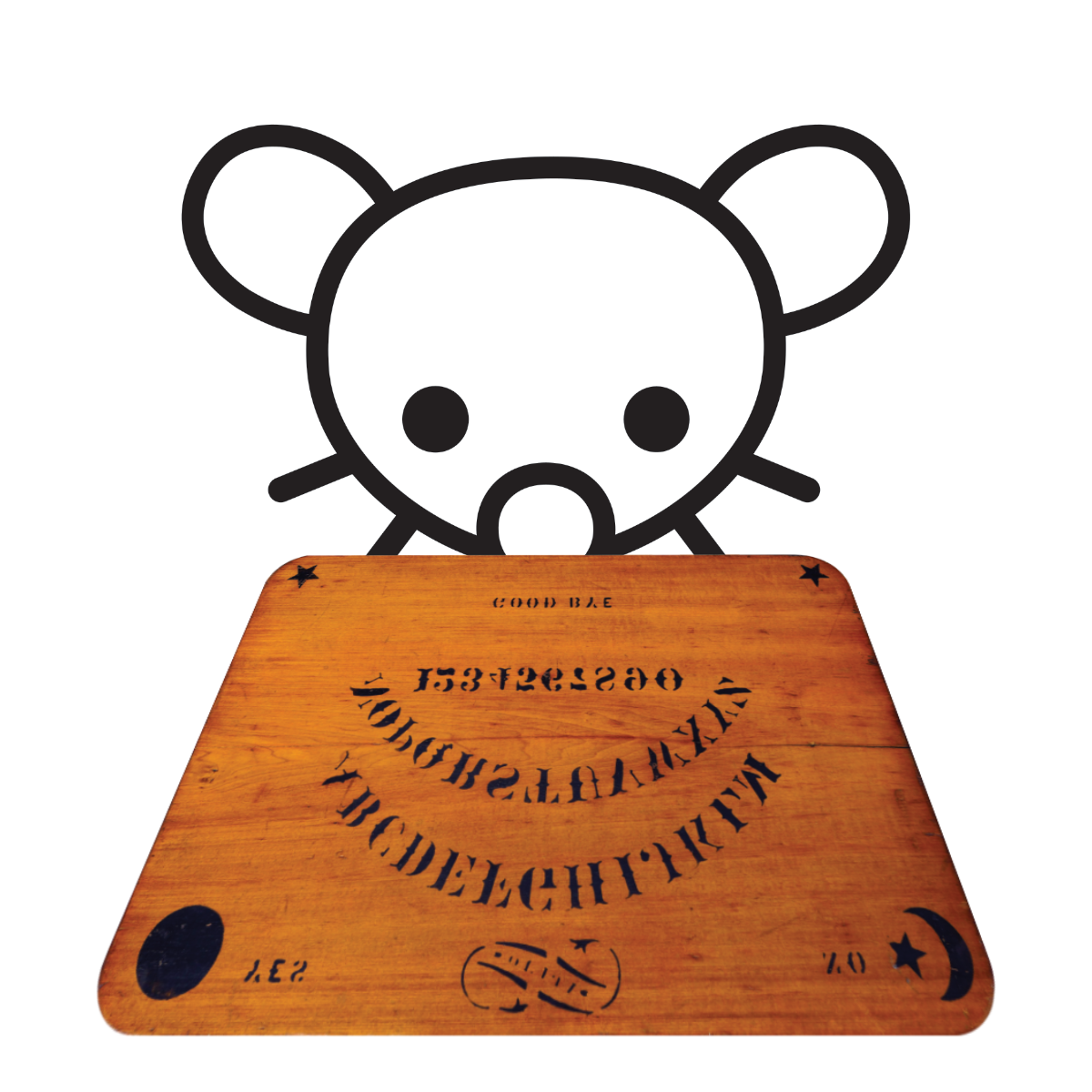

Check out figure 2 it shows equivalent cooling in energy units. Meaning how much energy is carried away by perspiration, and showing it for different levels of humidity. I read it as between 5-10% lower at higher humidity.
Compare that to the radiant heat difference (from 32 degrees to 22, as per the cooling chart) which cools you about 286 % more. And with convective cooling we expect even more at higher temperature differences.
(Calculated with Boltzmanns law for 310 K body temperature)
















Line it with ground cover fabric and you don’t have to care about material, rot or anything ;)
I built a wood planter on legs with no bottom, attached ground cover fabric in a sling/U-shape that hung a bit away from the wood in all sides.
A dm of LECA, then soil and compost as per usual. LECA makes for nice drainage and water reservoir.
Keeping the soil away from the wood made it so I’ve had no rot or degradation at all for 6 years as air comes in around to dry it all out.
Sizewise I covered the whole short end, and made it deep enough to fit the door and other furniture, about 40x60x195 cm.